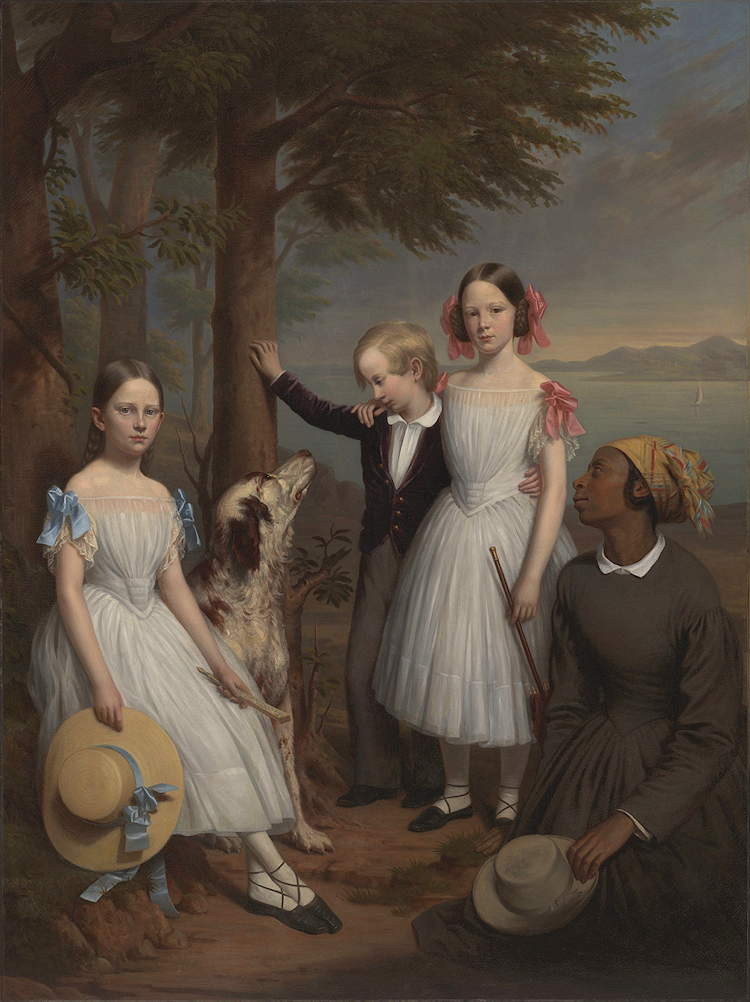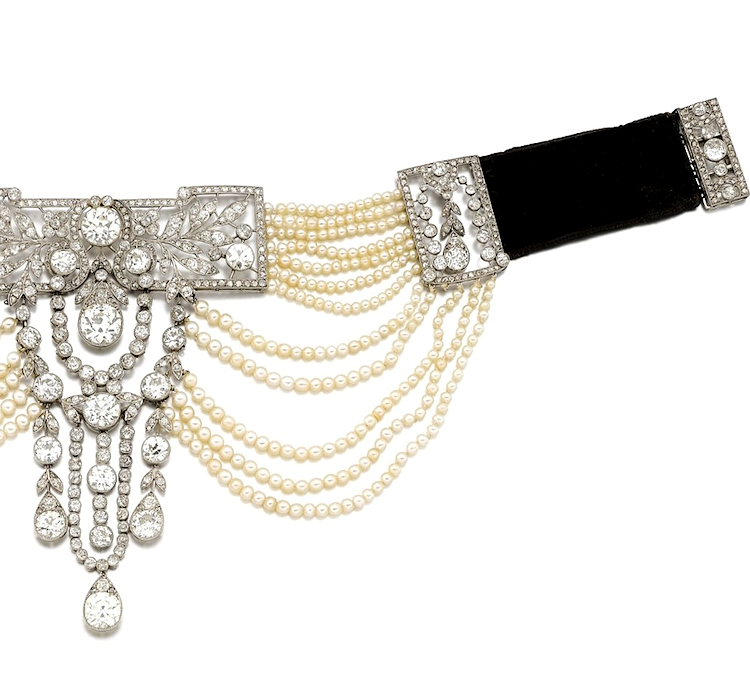 |
| Siblings, by George Romney, circa 1772-73. |
 |
| Five children of the Budd family, unknown artist, circa 1818. |
 |
| Maximilian, Sophie, and Ernst, the children of Archduke Franz Ferdinand and Sophie, Duchess of Hohenberg, unknown artist, 1908. |
 |
| John Oscar Kent and Sarah Eliza Kent, by S. L. Gerry, 1844. |
 |
| Master John Truman Villebois and his brother Henry Villebois, by Thomas Gainsborough, 1783. |
 |
| Siblings, by Harrington Mann, 1926. |
 |
| British school, circa 1810-25. |
 |
| Siblings with goldfinch and chicks, by J. M. Combelle, 1794. |
 |
| The Plymouth siblings as Amor and Psyche, by Angelica Kauffmann, 1795. |
 |
| Philipp IV of Spain with his sister Infanta Anna, by Bartolomé González y Serrano, 1612. |
 |
| Het gestoorde pianospel (Interrupted Piano Practice), by Willem Bartel van der Kooi, 1813. |
 |
| Anders and Margaret Eek, by Knut Ekwall, before 1912. |
 |
| Two boys said to be children of the Poulett family of Hinton St. George, English School, 1600. |
%20%E2%80%94%20The%20Sibling,%201928.png) |
| Siblings, by José Cruz Herrera, 1928. |
 |
| Unknown, unknown artist, 1874. |
%20%E2%80%94%20The%20Shelly%20Children,%20John%20and%20Charlortte%20Anne,%20c.1771-1772.png) |
| The Shelly Children, John and Charlotte Anne, by William Beechey, circa 1771-1772. |
 |
| Four unknown siblings with their dog, attributed to Salomon Mesdach, 1627. |
 |
| Auguste, Eugénie, and Marie of Württenberg, the daughters of Count Wilhelm of Württenberg, later Duke of Urach, by his first wife, unknown artist, circa 1852. |
 |
| Sisters, by Wilfred Gabriel De Glehn, 1927. |
 |
| The portrait of the boy is believed to be posthumous. |
 |
| Edward and Sarah Rutter, by Joshua Johnson, 1805. |
%20%E2%80%94%20Brother%20and%20Sister,%201893.png) |
| Siblings, by Louis Appian, 1893. |
 |
| Harold and Eric Molson, sons of J. Elsdale Molson, by Gerald Fenwick Metcalfe, circa 1902. |
 |
| Siblings, by Olga Boznańska, 1898. |
 |
| Charles and Henry Brandon, sons of Charles Brandon, Duke of Suffolk, and Catherine Willoughby, by Hans Holbein the Younger, 1541. |
 |
| Four siblings, unknown artist, circa 1840. |
%20%E2%80%94%20The%20Brothers,%201909.png) |
| Brothers, by Lydia Field Emmet, 1909. |
 |
| Brothers Hendrick, Johannes, and Simon, by Thomas de Keyser, circa 1627-32. |
 |
| Two sisters, by Carl Ludwig Johann Christinek, 1772. |
%20%E2%80%94%20The%20Children%20of%20Captain%20R.%20D.%20Pritchard,%201827.png) |
| The children of Captain R. D. Pritchard, by Philip August Gaugain, 1827. |
 |
| Geschwister im Schlosspark (Siblings in the Castle Park), by Heinrich Lauenstein, 1888. |



























